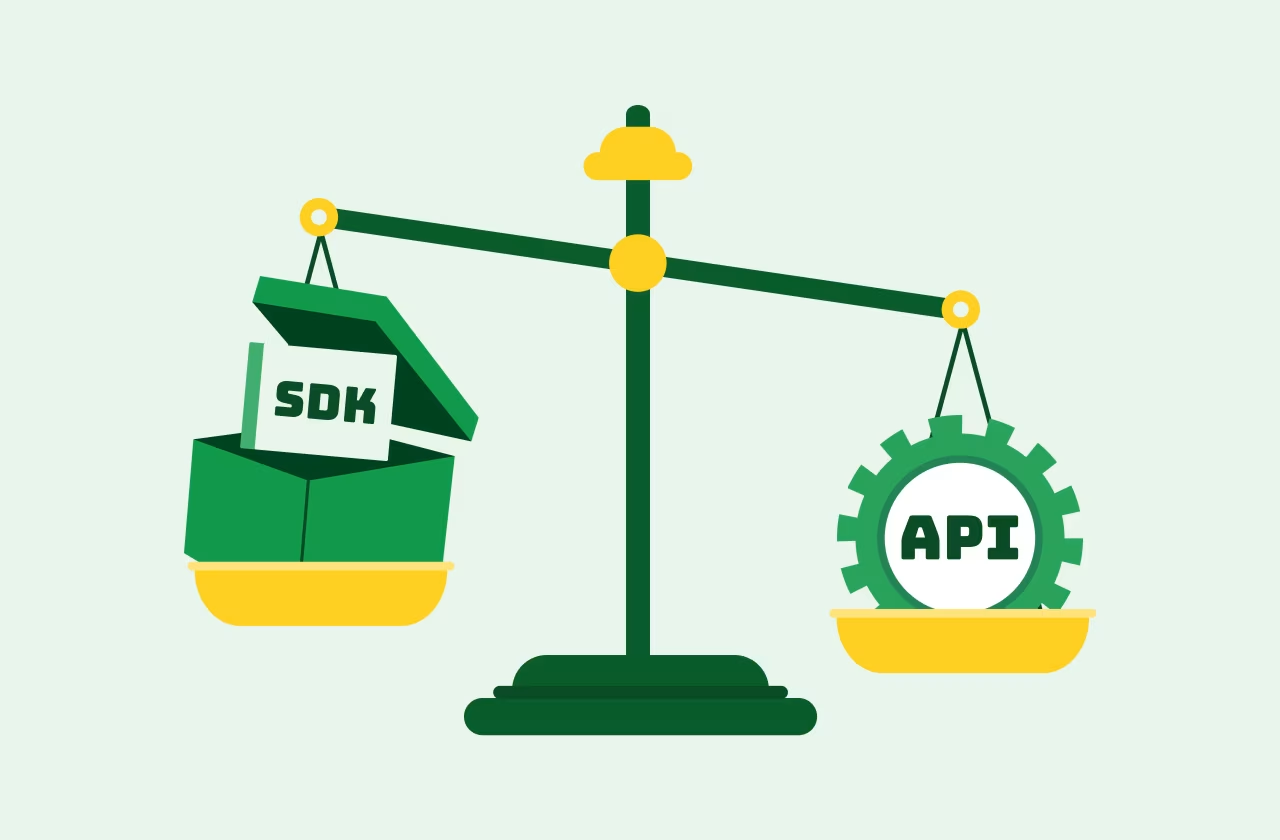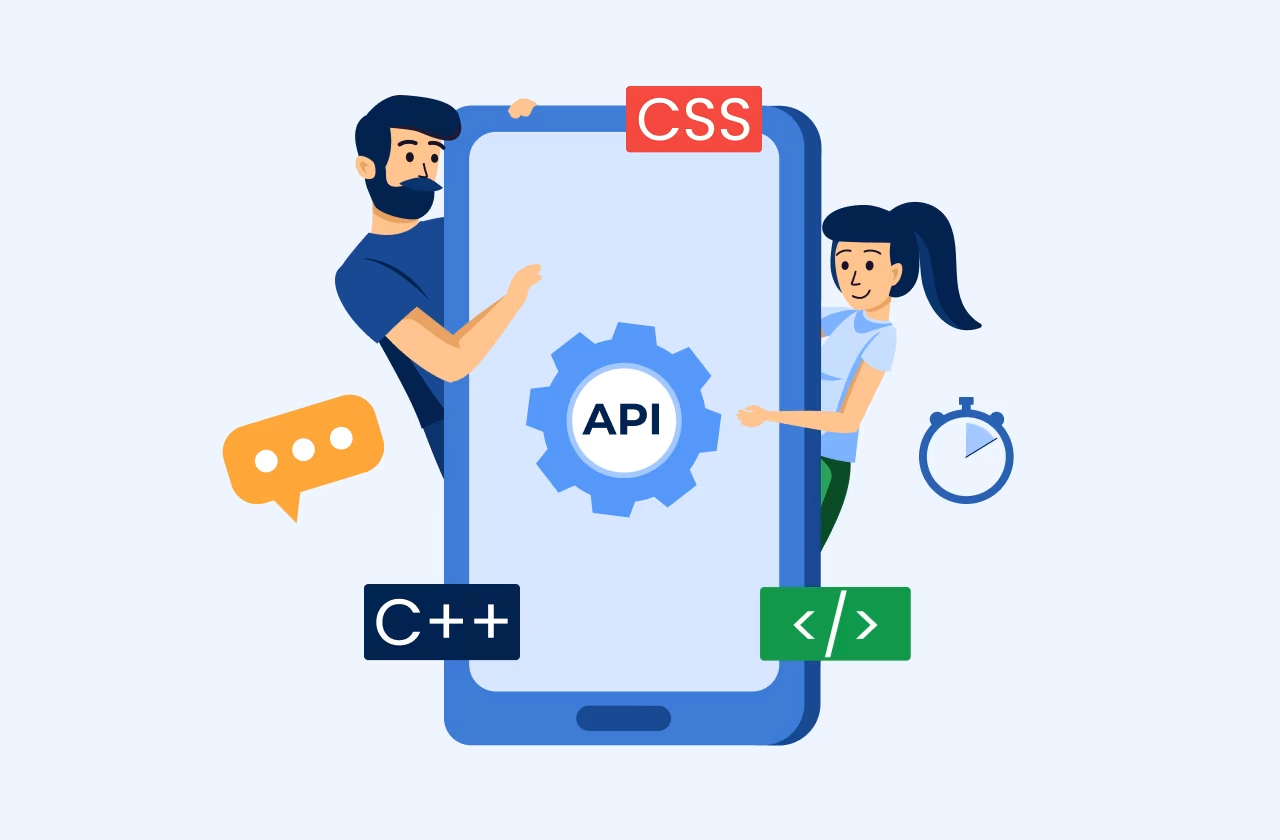Key Takeways
- Passwordless authentication provides higher security and convenience compared to traditional passwords, reducing the risk of breaches and user fatigue.
- Multi-factor authentication (MFA) offers enhanced protection by incorporating multiple verification factors, making it more robust against breaches than two-factor authentication (2FA).
- Biometric authentication and hardware tokens offer high security, but biometric methods are user-friendly while hardware tokens require users to carry physical devices.
- Smart cards provide secure storage and access control in corporate environments, while Single Sign-On (SSO) simplifies user access but can pose a single point of failure risk.
- The global authentication services market is growing rapidly due to increasing needs for secure digital interactions, with biometric authentication expected to be used in 99% of smartphones by 2024.
According to Verizon’s 17th annual Data Breach Investigations Report (DBIR), more than two-thirds (68%) of the total 10,626 verified security breaches analysed involved insider errors or people falling for social engineering schemes.
Secure authentication methods to overcome such issues is the need of the hour. With cyber threats constantly evolving, businesses must adopt robust authentication mechanisms like SMS verification to protect sensitive information and ensure secure access.
This article delves into various user authentication methods available today, their benefits, use cases from a business perspective, comparisons between them, and other important statistics.
Types of Authentication Methods
- Passwords
- Biometric Authentication
- Two-Factor Authentication (2FA)
- Multi-Factor Authentication (MFA)
- Hardware Tokens
- Smart Cards
- Push Notifications
- Single Sign-On (SSO)
- Passwordless Authentication
Benefits of Each Method
Passwords:
- Simplicity: Easy to implement and use.
- Cost-Effective: Inexpensive for both users and organizations.
- Wide Adoption: Universally recognized and used.
Biometric Authentication:
- High Security: Uses unique biological traits, making it difficult to forge.
- User-Friendly: Seamless and quick authentication process.
- Convenience: Eliminates the need to remember passwords or carry additional devices.
Two-Factor Authentication (2FA):
- Enhanced Security: Requires two forms of verification, reducing the risk of unauthorized access.
- Versatile: Can combine various authentication factors e.g., passwords and SMS OTP codes, (our team at Message Central can help you with OTP verification solution).
Multi-Factor Authentication (MFA):
- High Security: Incorporates multiple layers of security, making it robust against breaches.
- Flexibility: Allows for a combination of different authentication methods tailored to specific needs.
Hardware Tokens:
- Physical Security: Provides a tangible form of authentication that is difficult to compromise.
- Reliable: Not susceptible to malware or phishing attacks targeting software-based tokens.
Smart Cards:
- Secure Storage: Stores authentication data securely on a physical card.
- Widely Used: Common in corporate environments for access control and secure logins.
Push Notifications:
- Convenience: Quick and easy for users to approve or deny authentication requests.
- Security: Reduces the need for passwords and mitigates phishing risks.
Single Sign-On (SSO):
- User Convenience: One login grants access to multiple systems, reducing password fatigue.
- Centralized Control: Simplifies management of user access across multiple platforms.
Passwordless Authentication:
- Eliminates Passwords: Reduces risks associated with password breaches.
- Security: Utilizes advanced methods like biometrics and cryptographic keys (SNA).
Use Cases for Different Methods
E-commerce:
- 2FA and Push Notifications: Enhance security for transactions and user accounts.
- Biometric Authentication: Provides a seamless checkout experience.
Financial Services:
- MFA and Hardware Tokens: Secure access to sensitive financial data.
- Biometric Authentication: Prevents fraud and ensures secure transactions.
Corporate Environments:
- Smart Cards and SSO: Simplify access control and secure internal systems.
- MFA: Protects sensitive company information.
Healthcare:
- Biometric Authentication and Smart Cards: Secure patient data and streamline access for healthcare providers.
- Passwordless Authentication: Enhances security while reducing administrative burden.
Technology Companies:
- Passwordless Authentication and Hardware Tokens: Ensure high security for sensitive data and development environments.
- SSO: Simplifies access to various internal tools and platforms.
Comparison of Different Methods
Passwords vs. Passwordless Authentication:
- Passwords are simple and cost-effective but prone to breaches and user fatigue.
- Passwordless authentication eliminates these risks, providing higher security and convenience.
2FA vs. MFA:
- 2FA adds an extra layer of security with two factors.
- MFA enhances this by incorporating multiple factors, offering greater protection.
Biometric Authentication vs. Hardware Tokens:
- Biometric authentication is user-friendly and secure but may raise privacy concerns.
- Hardware tokens provide robust security but require users to carry physical devices.
Smart Cards vs. SSO:
- Smart cards offer secure storage and access but require physical cards and readers.
- SSO improves user experience by reducing multiple logins but can be a single point of failure if compromised.
Important Statistics and Facts
- Password Vulnerabilities: According to Verizon’s 2024 Data Breach Investigations Report, over the last decade, 31% of breaches involved stolen credentials.
- Biometric Adoption: Acuity Market Intelligence predicts biometric authentication will be used in 99% of smartphones by 2024.
- MFA Effectiveness: Google reports that using MFA can block 99.9% of automated and silent SMS attacks.
- Market Growth: The global authentication services market is expected to grow significantly, driven by the increasing need for secure digital interactions.
Conclusion
Authentication methods are critical in ensuring the security of digital platforms and user identities. With various methods available, businesses must choose the most appropriate solutions based on their specific needs and risks.
From the simplicity of passwords to the advanced security of biometric and passwordless authentication, each method offers unique benefits and use cases. As cyber threats continue to evolve, staying informed about the latest trends and technologies in authentication will be essential for maintaining robust security and protecting against emerging threats.
Message Central is a CPaaS solution with a comprehensive authentication suite. You can get in touch with the team to get started.










